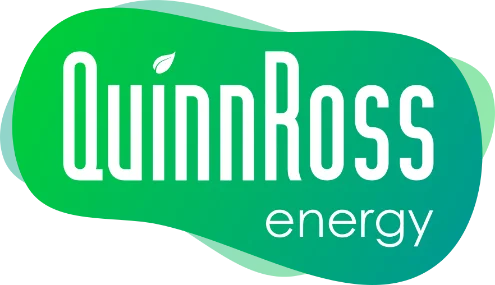MAN 02: Life Cycle Cost and Service Life Planning
"To deliver whole life value by encouraging the use of life cycle costing to improve design, specification, through-life maintenance and operation, and through the dissemination of capital cost reporting promote economic sustainability."
Available Credits:
- Elemental Life Cycle Costs (2 credits)
- Component Level LCC options appraisal (1 credit)
Aim and Benefits:
Life Cycle Costing (LCC) is a prediction and analysis of a building throughout its lifetime: From construction, installing all components and services, to day-to-day running, to demolition. It also calculates Net Present Value (NPV) which is the amount to be invested in the bank today to pay for all future costs at a given interest rate over a known time horizon. The benefit is mostly felt at an option appraisal stage where comparative costs can be concluded and cost intensities identified. This analysis will ensure that projects/buildings remain cost-effective and financially beneficial solutions.
How can QuinnRoss Energy help?
At QuinnRoss Energy we have much experience of performing these cost analyses and our in-house developed financial calculator tool has been honed to produce results that consistently achieve the 3 credits available. As far as amounts of credits for financial outlay go, this is one of the most beneficial.
Need Help With Your Project?
Contact one of our energy assessors today on 01795 845 780, or email us at hello@quinnross.energy

